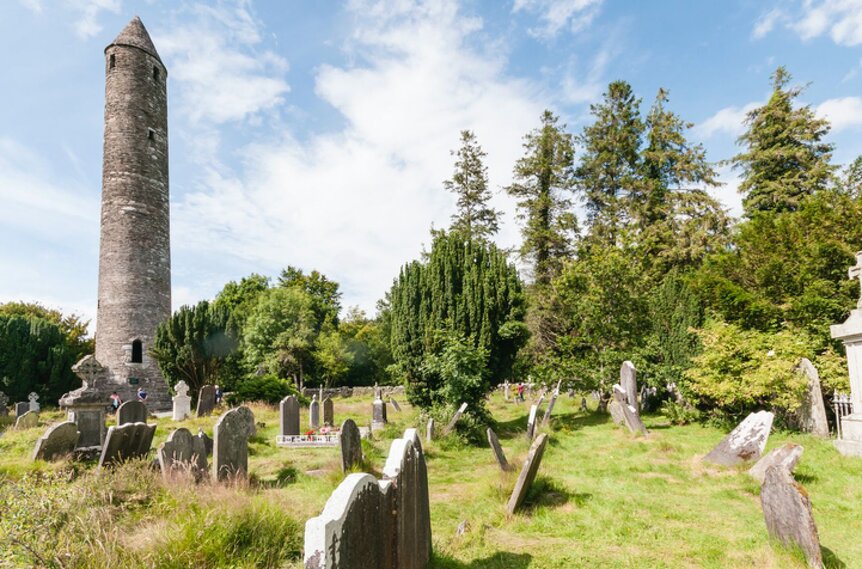Create a free profile to get unlimited access to exclusive videos, sweepstakes, and more!
Irish hikers stumble upon a medieval skeleton during a spring stroll

Most of us taking a relaxing hike amid nature might expect to discover a rare bird chirping on a branch, a fawn and its mother hopping through a meadow, or clusters of colorful wildflowers — but never a 500-year-old skeleton in a long overgrown medieval graveyard!
According to The Irish Post, a local couple was strolling along a riverbank trail in County Dublin on Monday, April 6, when they encountered the skeletal remains of a human skull and exposed rib cage. The two people had embarked on a casual evening walk beside the Ward River at River Valley Park, Swords, shortly after 6 p.m. when they made the horrifying find.
Gardaí, the official Irish State Police, were called in to investigate and quarantine off the area but were quickly taken off the case when a forensic anthropologist identified the bones as dating back to sometime in the 15th century. Now the National Museum of Ireland will handle the remarkable unearthing with further tests and intensive study to determine exactly when these ancient remains occurred.
According to Irish law, human remains found to be centuries old are classified as archaeological artifacts and become state property under the care of national researchers. A preliminary investigation has determined that the riverside skeleton is a resident of a long-lost medieval burial site where more artifacts might be revealed.
The picturesque city of Swords is steeped in rich history, and is thought to have been founded by a famous 6th-century Irish saint named St. Colmcille. Its surrounding region was densely populated in the Middle Ages due to its fertile agricultural soil and was considered part of the English-ruled land in Ireland called "The Pale" in the 14th century.
Members of the National Museum of Ireland hope to locate more skeletons and artifacts in this sacred spot beside the Ward River to paint a more defined picture of the forgotten graveyard, which might shed new light on the history of this medieval English colony.
















